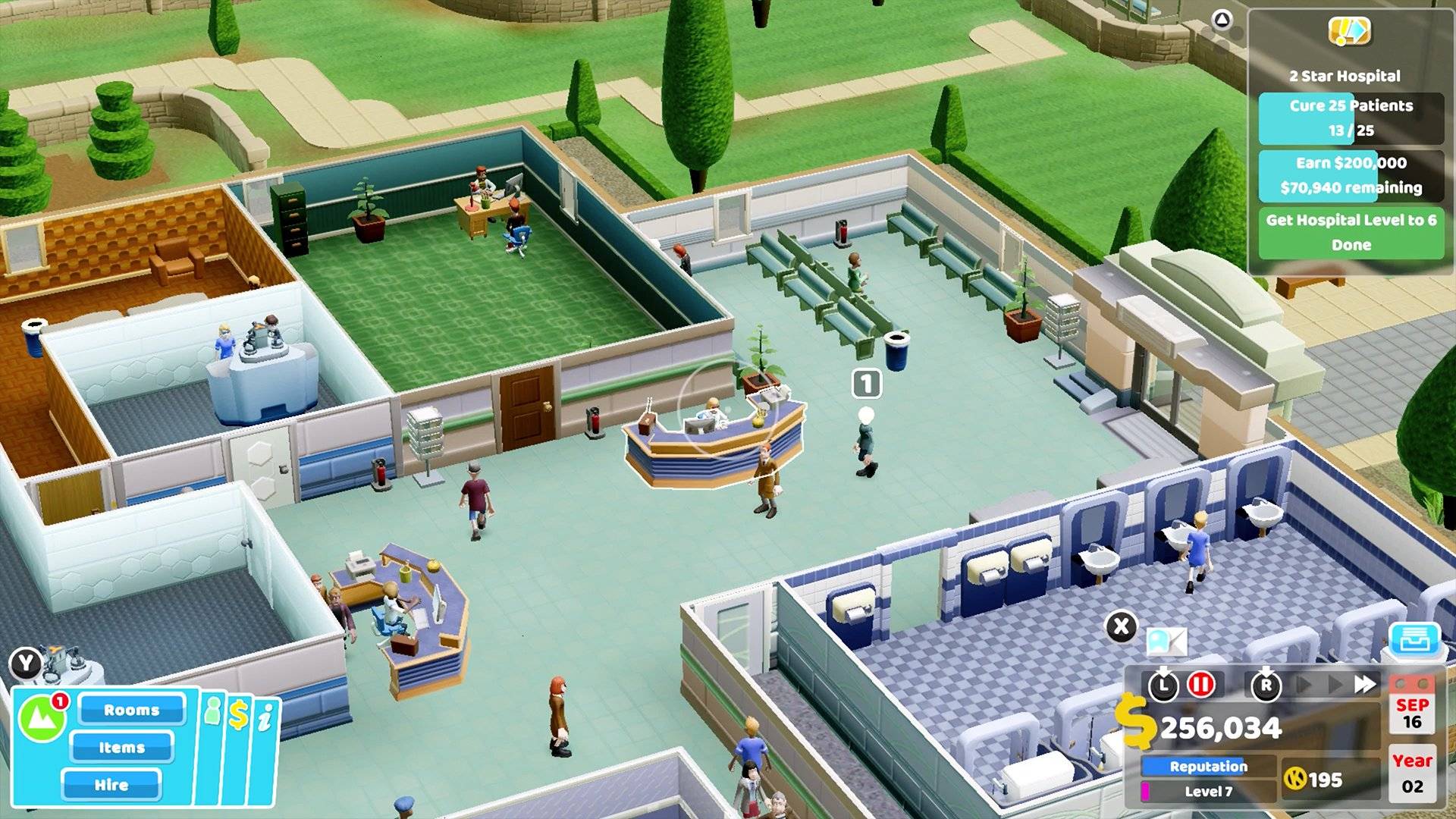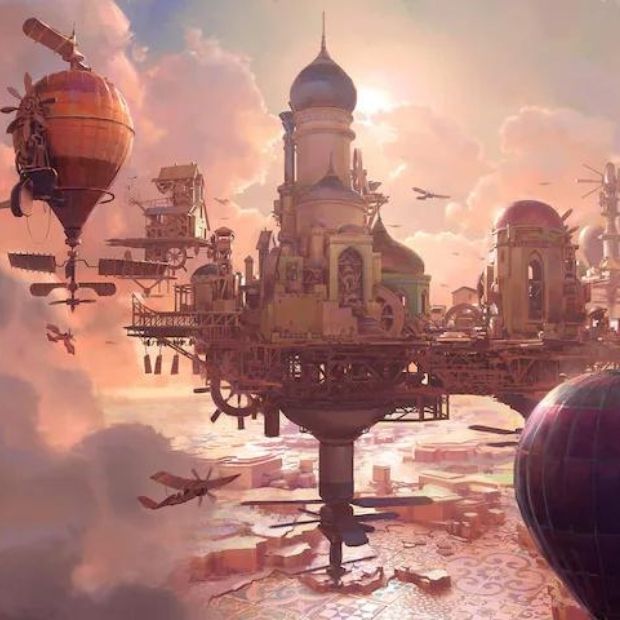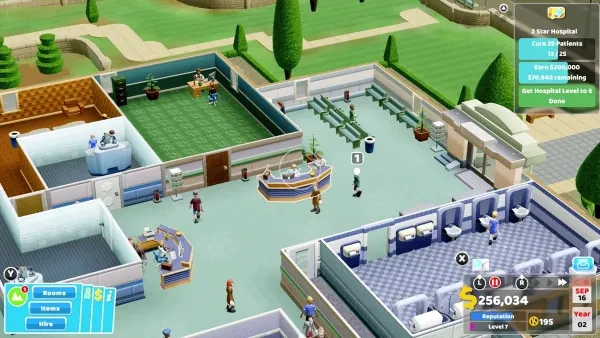
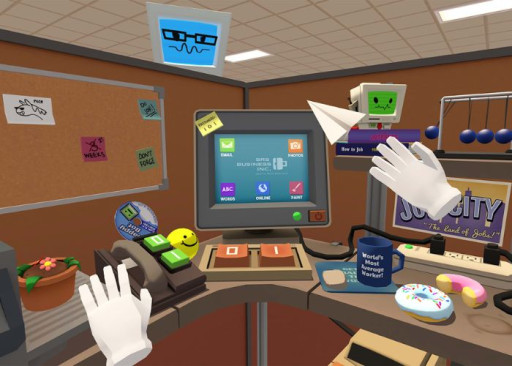
The Beginning

Simulation games date back to the early days of computing. One of the earliest examples was a game called “Tennis for Two”, developed in 1958 by physicist William Higinbotham and Robert Dvorak. This game was a simple simulation of a tennis match played on an oscilloscope display. It was a hit at the Brookhaven National Laboratory open house and paved the way for future simulation games
In the 1980s simulation games started to gain more popularity with the release of titles like “Flight Simulator” and SimCity”. These games allowed players to experience what it was like to fly a plane or manage a city. It is easy to say the graphics and gameplay were basic by today’s standards, but they were groundbreaking at the time.
The Rise of Tycoon Games
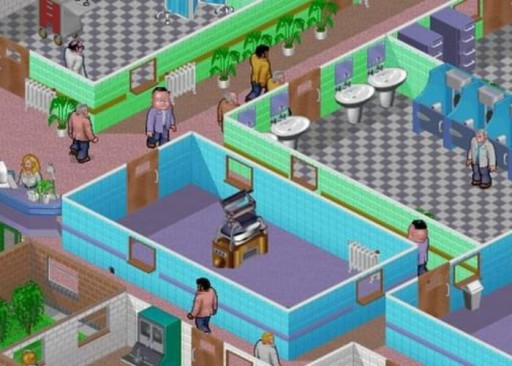
In the 1990s, simulation games took a new direction with the rise of “tycoon” games. These games focused on managing a business or industry such as a theme park, a zoo or a hospital. Games like “RollerCoaster Tycoon”, “Zoo Tycoon” and “Theme Hospital” were hugely popular because it gave players the opportunity to build and manage their own virtual world.
The Age of Realism

As technology advanced, so did simulation games. In the early 2000s we saw the rise of realistic simulations that aimed to replicate real-life experiences. Games like “The Sims” and “Second Life” allowed players to create their own characters and live out their lives in a virtual world. These games were incredibly immersive with detailed graphics and complex game mechanics.

More recently we have seen a surge in realistic simulations in other areas such as farming and trucking. Games like “Farming Simulator” and “Euro Truck Simulator” allow players to experience what it’s like to work in these industries. These games feature detailed physics engines, realistic graphics and complex gameplay mechanics.
The Future of Simulation Games
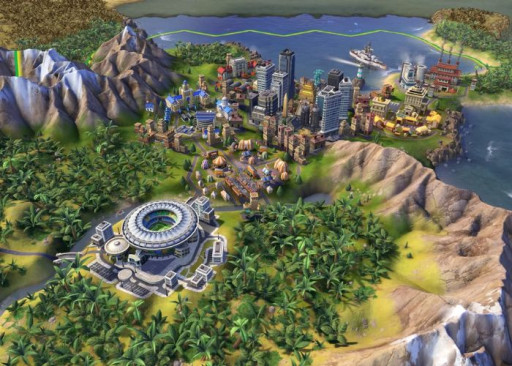
Simulation games continue to evolve with new titles being released regularly. As technology advances, we can expect to see even more realistic simulations in the future. Virtual reality is also likely to play a big role in the evolution of simulation games which will let players fully immerse themselves in a virtual world.
One area that is likely to see continued growth is the use of simulation games for educational purposes. These games can be used to teach people about various industries and processes in a fun and interactive way. They can also be used to train people for real-life situations such as pilots or surgeons.
Simulation games have come a long way since the early days of “Tennis for Two”. From basic simulation games of tennis matches to complex, realistic simulations of entire industries, the genre has evolved dramatically over the years. As technology advances, we can expect to see even more immersive and realistic simulations in the future, with the potential to revolutionize education and training. Whether you’re a fan of tycoon games, realistic simulations or something in between, there is no doubt that simulation games have a bright future ahead.

